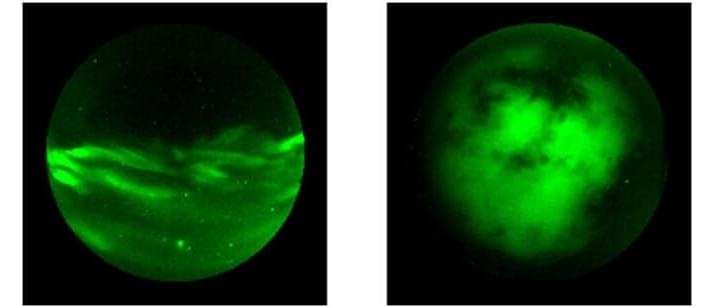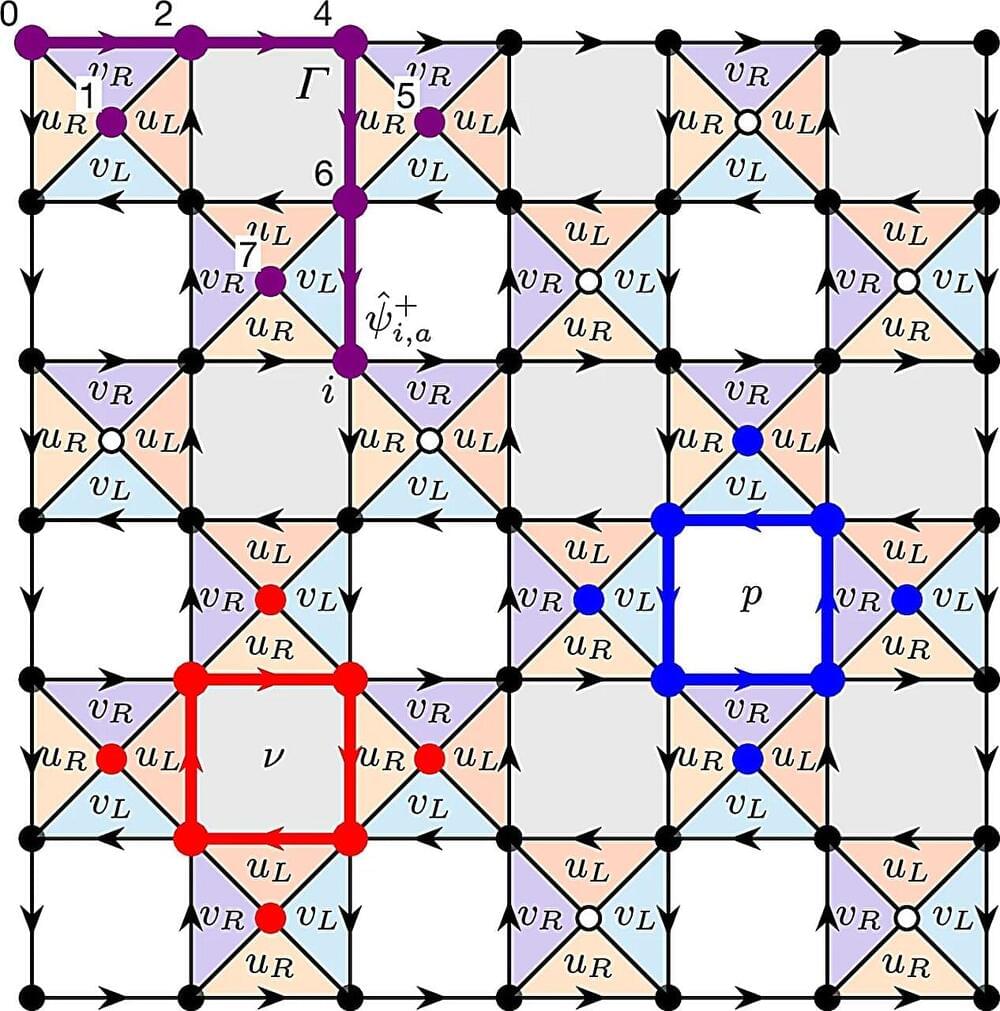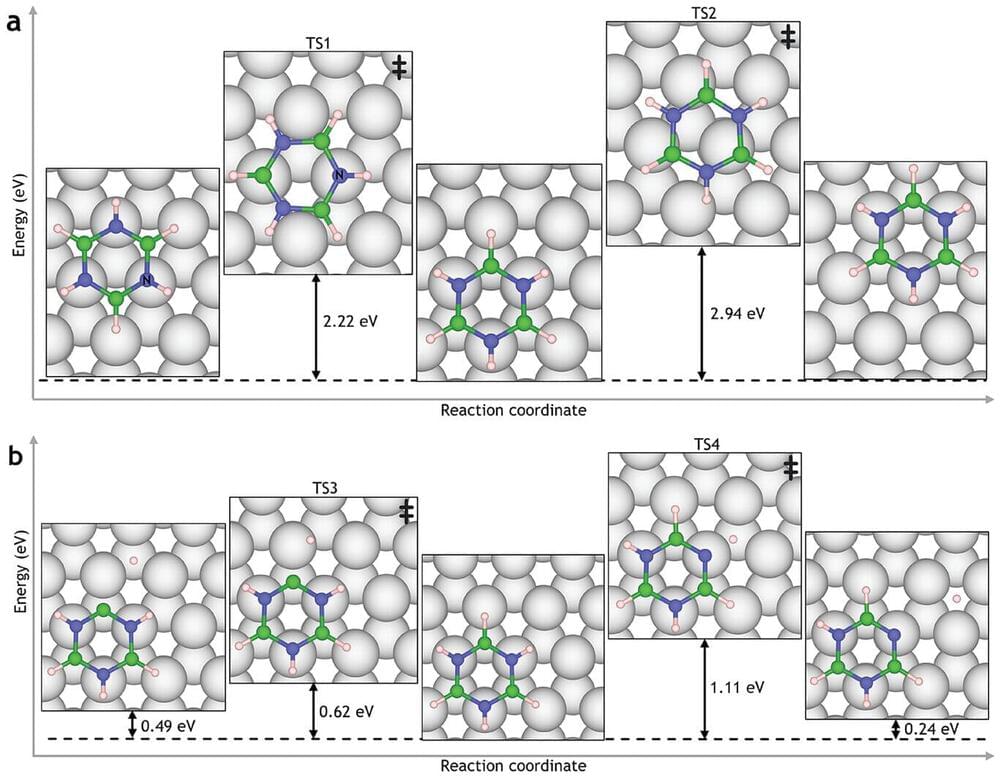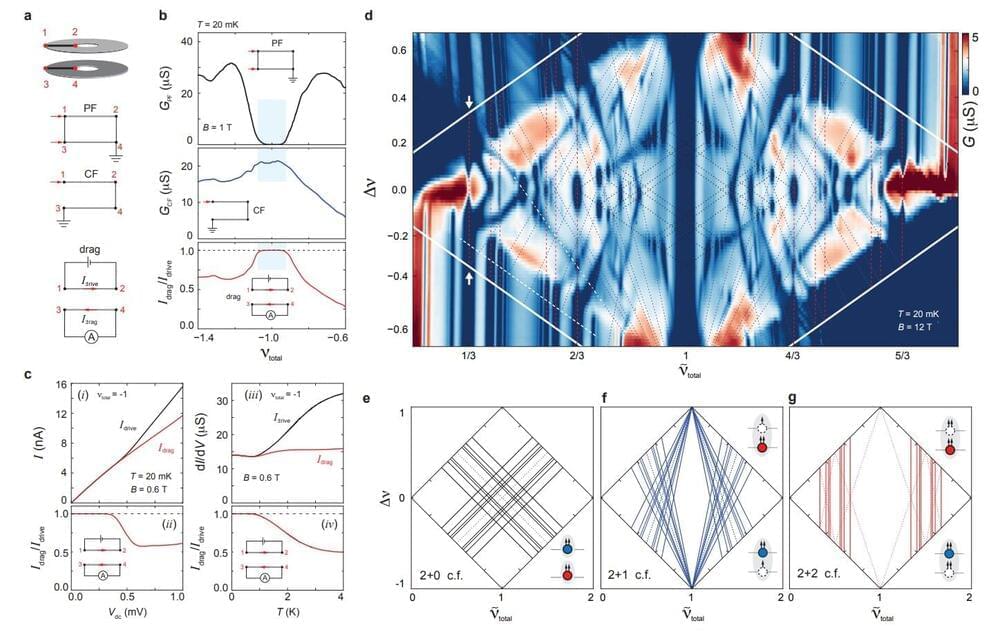Quantum computing is getting a lot of attention lately — deservedly so. It’s hard not to get excited about the new capabilities that quantum computing could bring. This new generation of computers will solve extremely complex problems by sorting through billions upon billions of wrong answers to arrive at the correct solutions. We could put these capabilities to work designing new medications or optimizing global infrastructure on an enormous scale.
But in the excitement surrounding quantum computing, what often gets lost is that computing is just one element of the larger quantum technologies story. We are entering a new quantum era in which we are learning to manipulate and control the quantum states of matter down to the level of individual particles. This has unlocked a wealth of new possibilities across multiple fields. For instance, by entangling two photons of light, we can generate a communications channel that is impervious to eavesdropping. Or we can put the highly sensitive nature of quantum particles to work detecting phenomena we have never been able to sense before.
We call this new era of innovation Quantum 2.0, distinguishing it from the Quantum 1.0 era of the last 100 years. Quantum 1.0 gave us some of the most remarkable inventions of the 20th century, from the transistor to the laser. But as we transition to Quantum 2.0, we are reconceptualizing the way we communicate and the way we sense the world, as well as the way we compute. What’s more, we’re only just beginning to realize Quantum 2.0’s full potential.









